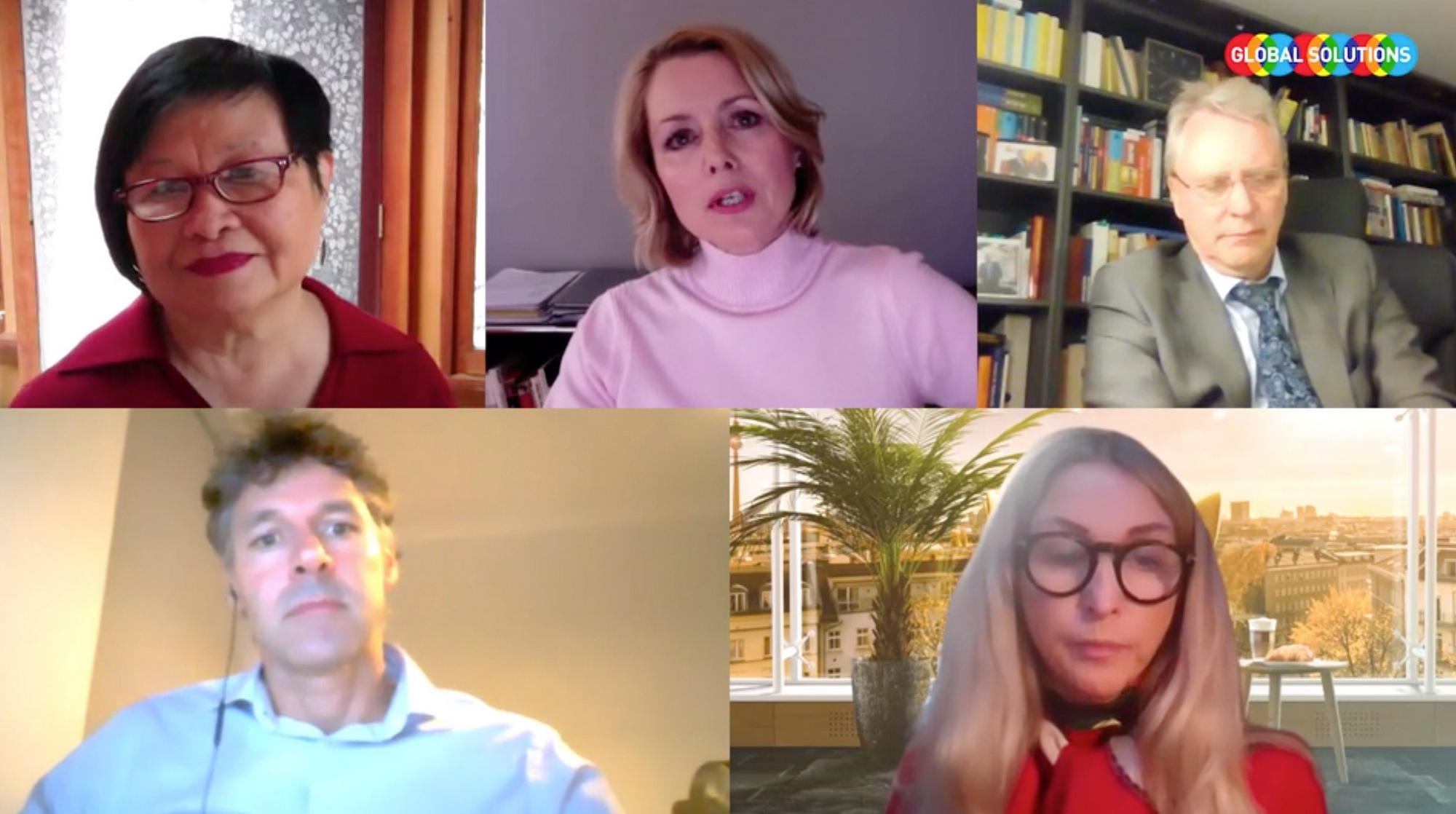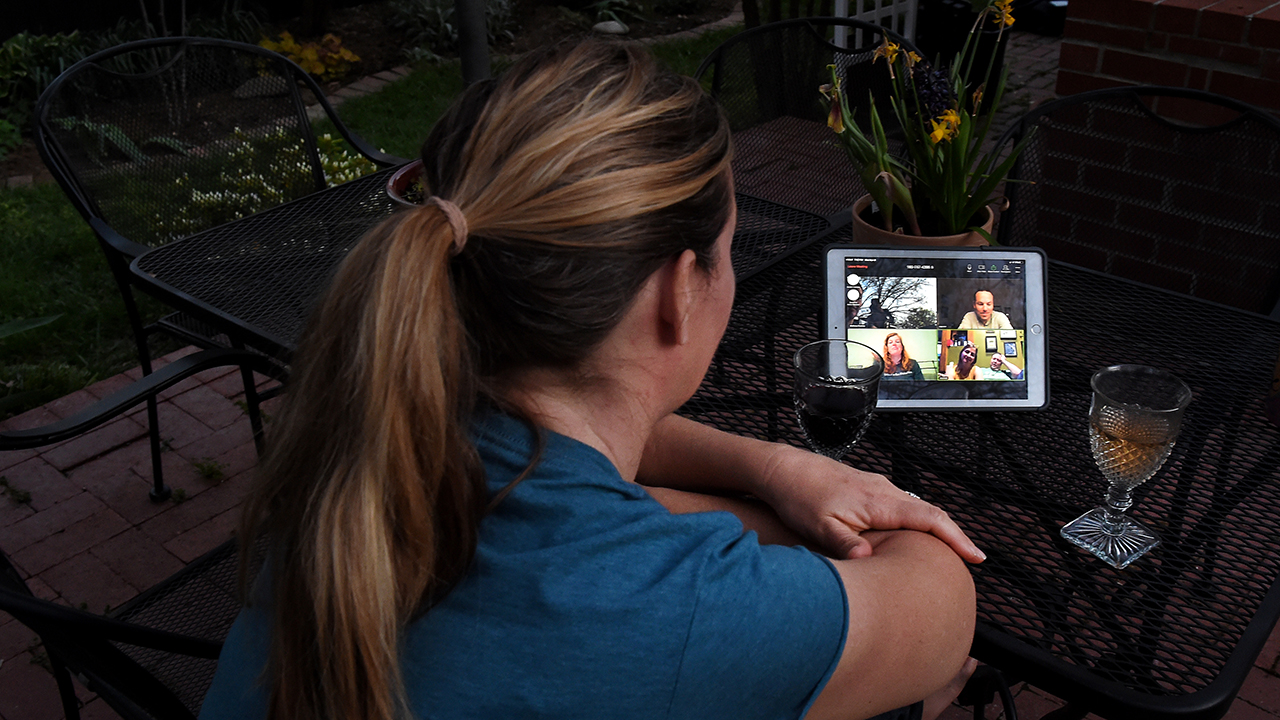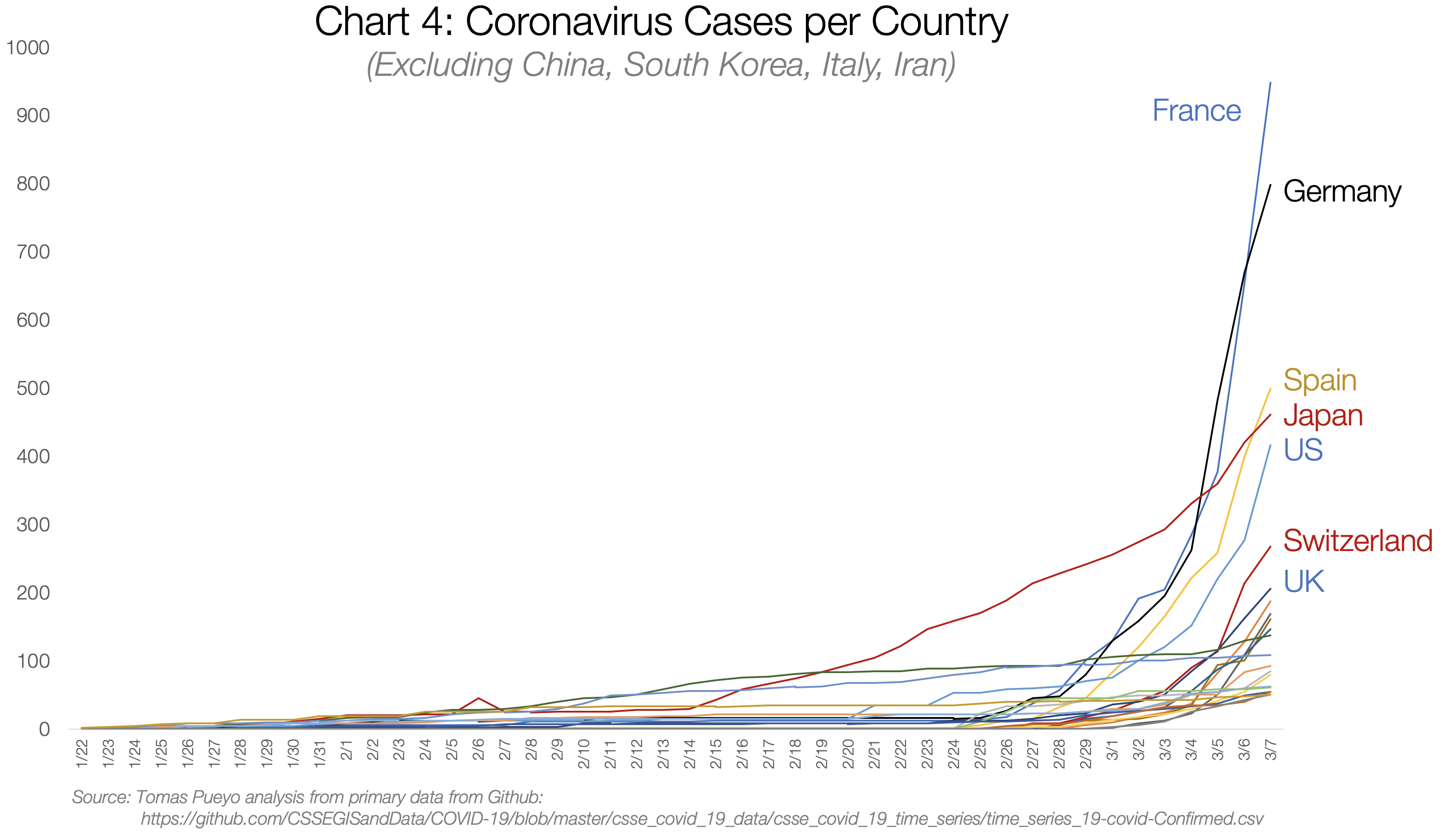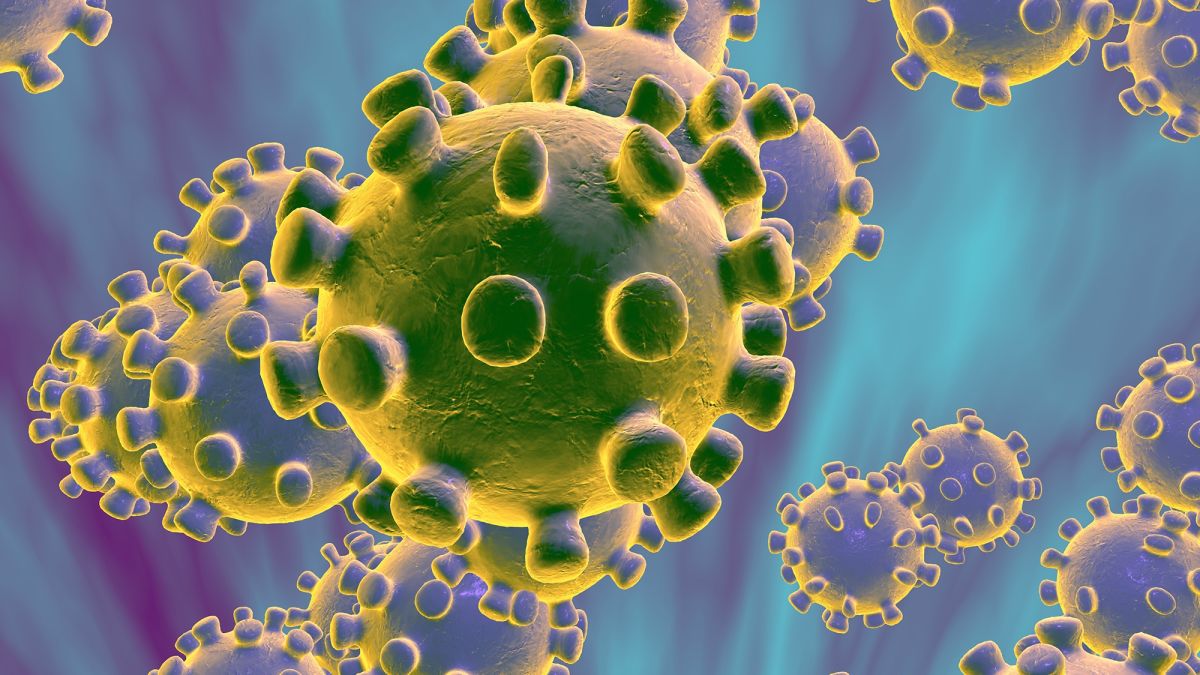Justin Bryant in conversation with Todd Hoskins – Global Help Desk developments in 2021
Justin: Hi, Todd. You are the People-Centered Internet’s Senior Fellow for the Global Help Desk, help us understand . . . What is the Global Help Desk? Todd: Hi, Justin. We have been evolving over the last year. Our mission is to help build resilience in communities, by facilitating digital opportunities which are “Of the People, By the People, For the People” To do this, we are weaving partnerships that engage and support local communities to be resilient and thrive. Justin: So, it’s more than just a group of volunteers? Todd: Yes, it’s not what might first come to mind, like a customer service call center. It’s not even like a library help desk ready to provide guidance. The Global Help Desk supports a network for building community resilience, able to share and learn from each other’s breakthroughs. We facilitate partnerships, weaving together people and organizations to connect and sustain community action in seizing digital opportunities. This is what is happening with the Tribal Resource Center (TRC). We are coordinating initiatives at the Institute for Local Self-Reliance, the Tribal Digital Village, George Mason University, Althea, Open5gs technology, and representatives from government agencies, to engage with Native American tribes to seize an extraordinary digital opportunity: $3 billion in funding has been committed by the US government over the next two years to bring broadband to the Native American Territories. PCI’s Native American project lead, Matthew Rantanen is an award-winning trusted intermediary in this arena. Our job at the TRC is to provide avenues for dialogue, leading to action by the Native American Tribes so that new broadband is not just “for Native Americans, but BY them and WITH them.” Justin: In your PCI Community talk last month, you spoke about the ingredients for effective facilitation for digital opportunities. Can you say more about that? Todd: Anytime you have intentions of doing something complex with multiple people or parties, facilitation can accelerate or strengthen the process. Building a house, cooking a meal for a large group, or convening a conference – these all work better with effective facilitation.  Effective facilitation, especially in relation to digital opportunities, means taking the actions that enable and grow mutual understanding and trust. Many participants begin with different levels of engagement, come with different degrees of equity and confidence, so seizing digital opportunities is not just about coordination behind one big idea, but nurturing a network, enabling sustained connected actions over time, …which comes back to trust. Trust takes time and investment and opens a critically needed space where people can begin to see how the parts and the whole fit together. Our work is to ensure that digital opportunities are introduced in ways that participation by all is valued, where all voices are heard—especially the ones that are often ignored or silenced. By acknowledging and realizing our complementary strengths, diversity can create uniquely robust responses and momentum, even when we work with dozens of organizations. Effective facilitation, especially in relation to digital opportunities, means taking the actions that enable and grow mutual understanding and trust. Many participants begin with different levels of engagement, come with different degrees of equity and confidence, so seizing digital opportunities is not just about coordination behind one big idea, but nurturing a network, enabling sustained connected actions over time, …which comes back to trust. Trust takes time and investment and opens a critically needed space where people can begin to see how the parts and the whole fit together. Our work is to ensure that digital opportunities are introduced in ways that participation by all is valued, where all voices are heard—especially the ones that are often ignored or silenced. By acknowledging and realizing our complementary strengths, diversity can create uniquely robust responses and momentum, even when we work with dozens of organizations.
It’s so much more than project management – it is the skill set needed in a networked world to harness Capability Infrastructure, what people are beginning to call “Digital Public Goods”. You’re not telling people what to do; you’re supporting the shared intentions. Network leadership capabilities are a key set of competencies for the participants in the Global Help Desk. This facilitation also includes practicing using the tools that technology can provide to augment our human capabilities. 
As Doug Engelbart said, “the capability infrastructure requires the co-evolution of the tool system and the human system.” Many are working on the tool system. We’re working on how the human systems and tool systems can evolve together. It’s an ongoing process. Human systems are always evolving.
Justin: Why is something like the Global Help Desk needed in the world right now? Todd: It’s becoming increasingly clear that our problems and challenges are interconnected. One global organization, or government, or company cannot alone address the complexity of what we are being confronted by in everything from health to supply chains to education. We need more voices and more hands. These skills of facilitation, both at the individual and the institutional level, are essential right now. Even in my small town in Michigan, we are pursuing public/private partnerships for community wellbeing. Since these partnerships are blossoming locally and globally, any organization that can facilitate relationships and actions within these partnerships is incredibly valuable. Weaving together partnerships and efforts at the local and global levels is the future, where the Global Help Desk wants to be. This is what we need so we can come together to address issues like COVID or climate change. Upon this gifted age, in its dark hour, Rains from the sky a meteoric shower Of facts . . . they lie unquestioned, uncombined. Wisdom enough to leech us of our ill Is daily spun; but there exists no loom To weave it into fabric; – Edna St Vincent Millay – Justin: What’s coming next for the Global Help Desk? Todd: The next phase is facilitating resilient community hubs. The hubs provide a platform for the local or regional partnerships to coordinate and communicate. With the hubs designed to connect with one another, we’ll see the benefits of collaboration between hubs. Hubs don’t need to be based solely on geography. The TRC is an early node. There’s an analogy to the spread of the Internet which began with each country’s universities being connected (NREN’s) through protocols managed by NIC’s (network information centers) at each university. The universities, connected by NIC’s, were the nodes that became the backbone of the Internet. The Internet’s genesis was not based upon control. It was based upon the sharing of resources and responsibility. Resilient communities can adopt the protocols which connect them to other resilient community nodes. This allows for sharing and learning between communities. These ideas were there at the very beginning of the Internet. The technological tools are all available, and now there’s a new type of readiness for people to work together–locally and globally–in a way that fulfills the promise of the Internet. Justin: Thanks, Todd. We look forward to seeing how this all unfolds. | 


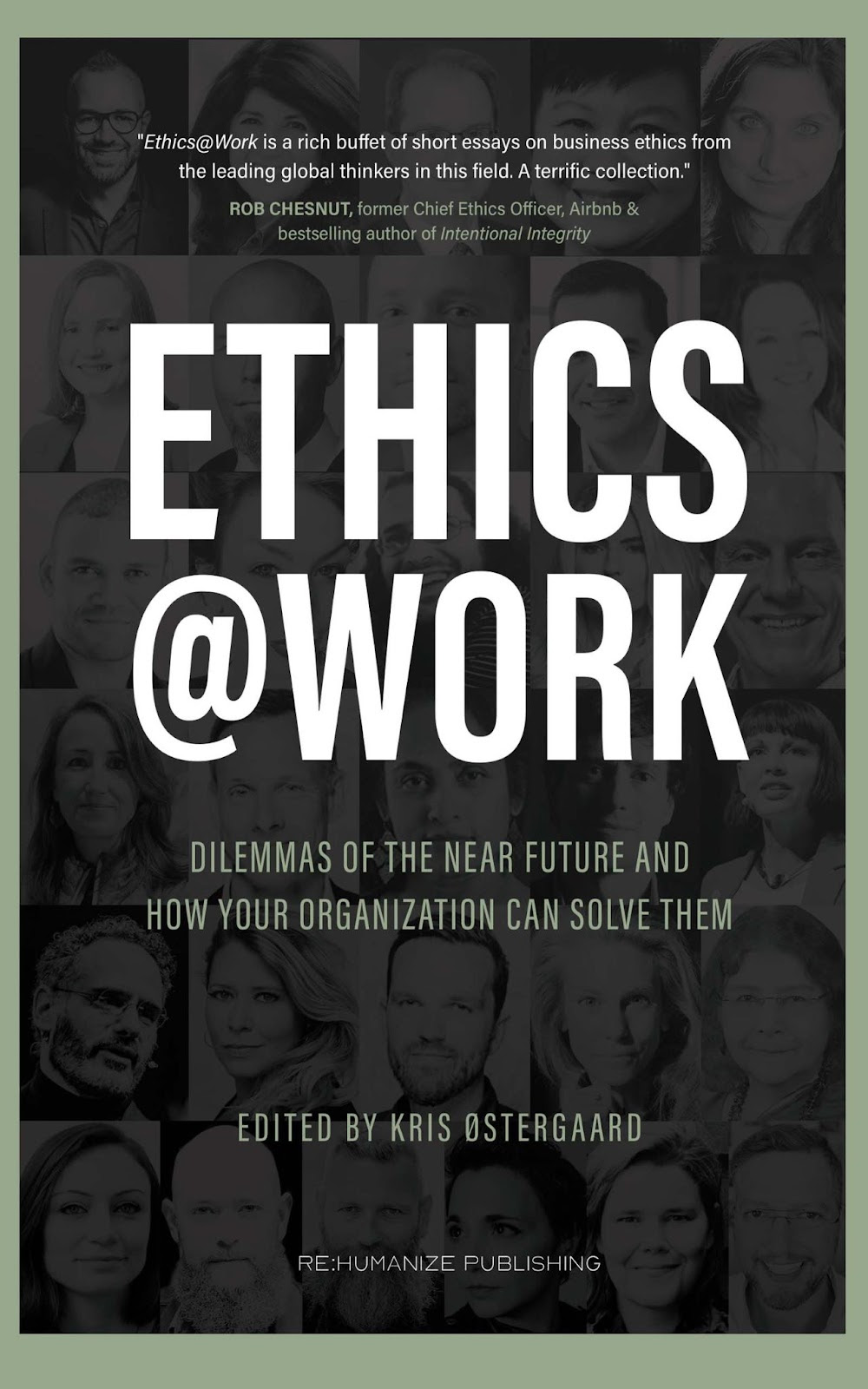 Two of our
Two of our 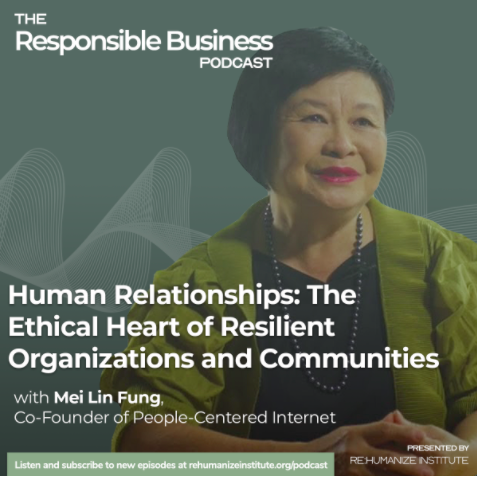

 “The revolution is starting and social justice is our aim: presentations, workshops, visits and all things co-production and resilience.”
“The revolution is starting and social justice is our aim: presentations, workshops, visits and all things co-production and resilience.”



 Meet the platform that is educating Youth on internet safety using eye-catching artworks and illustrations.
Meet the platform that is educating Youth on internet safety using eye-catching artworks and illustrations. This conversation between Microsoft Security Product Marketing Manager Natalia Godyla and Heath Adams, Chief Executive Officer (CEO) at TCM Security dives into certifications, upskilling, and the future of cybersecurity training.
This conversation between Microsoft Security Product Marketing Manager Natalia Godyla and Heath Adams, Chief Executive Officer (CEO) at TCM Security dives into certifications, upskilling, and the future of cybersecurity training.

 “Without inclusive and equitable quality education and lifelong opportunities for all, countries will not succeed in achieving gender equality and breaking the cycle of poverty that is leaving millions of children, youth and adults behind.
“Without inclusive and equitable quality education and lifelong opportunities for all, countries will not succeed in achieving gender equality and breaking the cycle of poverty that is leaving millions of children, youth and adults behind.
 The clean-IT openXchange is a series of live talks and events on sustainable digitization. Once every month, experts present a topic on which participants can then directly ask questions and discuss. The topics of the talks consist of a mix of topics already presented in this forum and completely new ideas.
The clean-IT openXchange is a series of live talks and events on sustainable digitization. Once every month, experts present a topic on which participants can then directly ask questions and discuss. The topics of the talks consist of a mix of topics already presented in this forum and completely new ideas.
 Effective facilitation, especially in relation to digital opportunities, means taking the actions that enable and grow mutual understanding and trust. Many participants begin with different levels of engagement, come with different degrees of equity and confidence, so seizing digital opportunities is not just about coordination behind one big idea, but nurturing a network, enabling sustained connected actions over time, …which comes back to trust. Trust takes time and investment and opens a critically needed space where people can begin to see how the parts and the whole fit together. Our work is to ensure that digital opportunities are introduced in ways that participation by all is valued, where all voices are heard—especially the ones that are often ignored or silenced. By acknowledging and realizing our complementary strengths, diversity can create uniquely robust responses and momentum, even when we work with dozens of organizations.
Effective facilitation, especially in relation to digital opportunities, means taking the actions that enable and grow mutual understanding and trust. Many participants begin with different levels of engagement, come with different degrees of equity and confidence, so seizing digital opportunities is not just about coordination behind one big idea, but nurturing a network, enabling sustained connected actions over time, …which comes back to trust. Trust takes time and investment and opens a critically needed space where people can begin to see how the parts and the whole fit together. Our work is to ensure that digital opportunities are introduced in ways that participation by all is valued, where all voices are heard—especially the ones that are often ignored or silenced. By acknowledging and realizing our complementary strengths, diversity can create uniquely robust responses and momentum, even when we work with dozens of organizations.
 Tiffany Brar, award-winning activist, Social Worker, and regular
Tiffany Brar, award-winning activist, Social Worker, and regular 









 The digital divide affects some more than others. Jack Harfield investigates why.
The digital divide affects some more than others. Jack Harfield investigates why. 
 In the second article of his social resilience series, Yvo Hunink considers the question: How do we design digital tools that make our digitizing societies more resilient?
In the second article of his social resilience series, Yvo Hunink considers the question: How do we design digital tools that make our digitizing societies more resilient?




 Dear Internauts,
Dear Internauts,








 Dear Internauts,
Dear Internauts, Dear Internauts,
Dear Internauts,




















































 “While inclusion begins with access to networks, it only becomes meaningful if connectivity is affordable and if citizens possess the right digital literacy skills. The Roadmap proposes a baseline for digital inclusion that will bring forward more metrics and data to help achieve greater progress in digital cooperation and governance.
“While inclusion begins with access to networks, it only becomes meaningful if connectivity is affordable and if citizens possess the right digital literacy skills. The Roadmap proposes a baseline for digital inclusion that will bring forward more metrics and data to help achieve greater progress in digital cooperation and governance.













